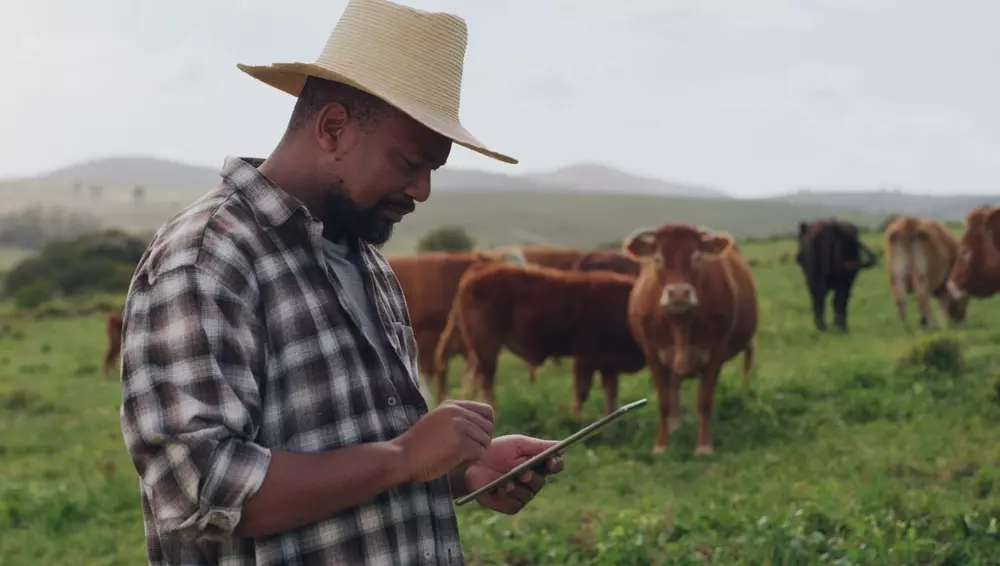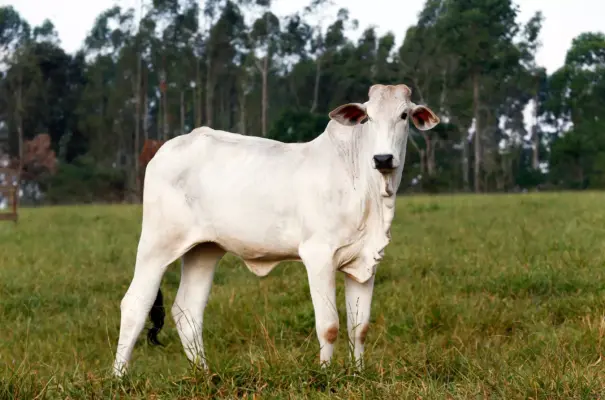Beef cattle farming is reducing poverty worldwide by enabling the socioeconomic development of smallholder farmers. An example of this is a project in the Chipinge district, Zimbabwe, a Southern African country. There, the introduction of modern cattle farming practices through a government project resulted in economic improvement for 96% of local farmers and increased food security for 95% of them.
The case is detailed in the literature review Carne Bem-Criada, produced by Adeca Agronegócios, a consulting group from the ‘Luiz de Queiroz’ College of Agriculture, University of São Paulo (Esalq/USP), based on the research The Contribution of Smallholder Beef Cattle Farming to Household Development in Chipinge Rural District, Zimbabwe, published in the Journal of Economic Impact in 2022. According to this research, local cattle farming in Zimbabwe was subsistence-based, with low technology and limited qualifications until the 2000s, when the government implemented a training project that transformed local cattle farming, increasing not only commercialization but also productivity.
The study was based on questionnaires applied to 174 cattle farms in Zimbabwe and showed that, before the project, the income of 18% of cattle farming families was in the US$2,000 to US$2,500 range. After the initiative, this percentage rose to 55%, which resulted in improvements in the food security of the local population. To give an idea, 51.8% of the income was allocated to the purchase of basic foodstuffs, in addition to another 11% allocated to non-basic foodstuffs. Agricultural inputs (11.9%), education (10.6%), and clothing (2.7%) were other items towards which the income was directed.
Cattle farming also emerged as an essential activity for greater resilience in the face of crises, being the main source of income during such times for 80.7% of the study participants.
Beef Cattle Farming Ensures Income and Opportunities with Increased Demand
The Agricultural Outlook 2025-2034, prepared by the Food and Agriculture Organization of the United Nations (FAO) and the Organisation for Economic Co-operation and Development (OECD), released in July 2025, projects that, to meet the growing demand for animal and fish-based foods, global production must grow by 14% in the next decade, which will drive the expansion of cultivated land and cattle herds. Global per capita caloric intake of animal and fish-based products will increase by 6% in the next decade, driven primarily by a rapid increase in lower-middle-income countries, where research predicts growth of 24% – almost four times faster than the global average.
Africa, as well as South Asia, according to the document, are the regions with the greatest growth potential. “These structural changes in production will be driven by a combination of gradual adoption of innovative and improved technologies, capital investments, and more intensive use of fertilizers, feed, and other inputs in middle-income countries. Agricultural production growth will be based primarily on productivity gains, but the expansion of cultivated land and cattle herds is also expected, particularly in Africa and South Asia, where limitations in access to modern agricultural technologies persist,” the document points out.

Photo: People Images/ Shutterstock
In Brazil, technology is also a great ally, generating gains in productivity, sustainability, and profit without needing to scale up operations — and it also helps meet the growing demand for traceability and animal welfare.
A study published in the book “A Journey Through Brazil’s Contrasts: One Hundred Years of the Agricultural Census,” produced by the Ministry of Agriculture (Mapa), in partnership with the Institute for Applied Economic Research (Ipea) and the Brazilian Institute of Geography and Statistics (IBGE), using data from agricultural censuses between 1995 and 2017, shows that the adoption of digital technologies was responsible for more than 60% of the growth in Brazilian agribusiness during the period.
When combined with technical training and rural connectivity, this technological transformation benefits producers of all sizes — including smallholders. This is one of the objectives of Renove, a Minerva program currently being developed with 91 properties in five South American countries (Brazil, Argentina, Colombia, Paraguay, and Uruguay) to promote sustainable agricultural development.
Through the initiative, the company promotes training and technical assistance for cattle ranchers, with incentives for implementing low-carbon emission technologies, believing that training and technical assistance are fundamental to ensuring the proper implementation and maintenance of good practices in the sector. The Renove Program supports partnerships and rural extension activities, technology transfer, and training so that rural technicians and cattle ranchers have the best tools and knowledge.
Persistent inequalities
Although the increase in nutrient-rich food intake in lower-middle-income countries raises the average per capita intake to 364 kcal per day, persistent inequalities within and between countries will continue to be a challenge.
In low-income countries, the average daily per capita intake of animal-source foods is projected at 143 kcal, well below the reference (300 kcal) used by the FAO to analyze the cost and accessibility of a healthy diet. This reinforces the importance of initiatives such as training for beef producers in low-income nations, where more modern production practices could contribute to economic development and the nutritional security of the population.
The results of investments made in improving cattle farming have already shown their impact, demonstrating that beef cattle farming ensures income, but also better living conditions, health, and daily routines for smallholder farmers, contributing to poverty reduction in these regions. The increase in demand presents an opportunity for a new era of socioeconomic development.




